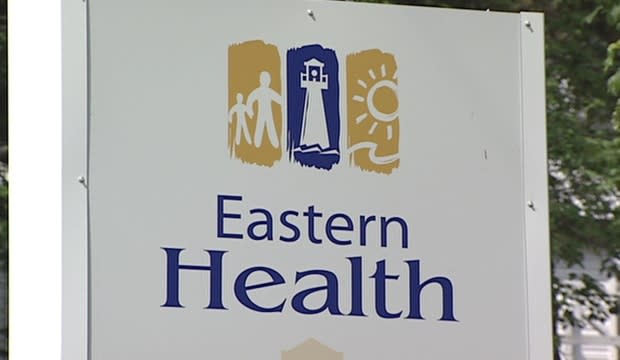Ambulance unavailability statistics 'gravely concerning': NAPE
The Newfoundland and Labrador Association of Public and Private Employees is sounding the alarm about an increase in "red alerts" — situations when there are no Eastern Health ambulances available.
"Seeing the actual numbers … they are gravely concerning — the number of red alerts that's been happening, and appear to be increasing," says Jerry Earle, president of NAPE.
Documents obtained by NAPE via access to information show the total number of red alerts increased from 341 incidents recorded in 2017 to 460 incidents in 2018.
In the first four months of 2019, 156 red alerts have been recorded, according to NAPE.
There are two situations for red alerts:
Level 1 happens when an ambulance is not available and a call for service comes in during that time.
Level 2 happens when an ambulance is not available and no calls come in during that time.
Some red alerts last just minutes, while others last longer. During red alerts, ambulances can be redeployed to handle more critical calls.
"Every minute matters when there is a medical or a traumatic event happening.… The ideal number of red alerts should be zero," said Earle.

Earle said the union decided to request the documents after hearing anecdotal concerns about ambulance availability from some paramedics.
Earle wants the health authority to acknowledge there is an issue.
"You can't fix a problem unless, first of all, you're willing to admit there is a problem," Earle said.
"The statistics speak for themselves. This is not something that we created."
Earle said he isn't being an alarmist, and "this is a non-partisan issue."
Zero red alerts not likely: Eastern Health
In a statement, Eastern Health said eliminating red alerts is not realistic because an incident involving multiple patients, for example, could deplete the number of available ambulances for a period of time.
The health authority said it is looking at contributing factors, including:
Population health.
Demographics.
Geographical considerations.
Call volumes.
Peak demand periods.
Eastern Health said certain measures put in place recently should help reduce the number of red alerts.

A new policy, put in place this month, "allows ambulance teams to leave lower-acuity patients in the care of paramedics who may already be present at an emergency department waiting to transfer care of the patient to emergency room staff, allowing the second paramedic team to return to active duty without delay."
Another change for the better, says Eastern Health, is moving to a "dynamic deployment model," which helps shorten response and turnaround times for paramedics.
The health authority stresses that people should always call 911 in any emergency.
"An ambulance will always be made available as needed," says the statement.
Red alerts raised before
This isn't the first time NAPE has demanded Eastern Health address the issue of red alerts.
In 2017, NAPE took issue with the number of red alerts affecting ambulance services in the metro St. John's area. At the time, Eastern Health said red alerts were down by 35 per cent, since the health authority added two new ambulances and eight new paramedics.
CBC Investigates first reported on the issue of red alerts in 2013. A year later, paramedics protested outside Confederation Building over the number of increasing red alerts.

There have been several reports done by consultants on the Newfoundland and Labrador ambulance system.
One released in 2015 by Pomax Consultaing said 25 new paramedics were needed to meet the demand. That's when Eastern Health added the additional resources cited above.
Another report, released in 2013 by consultants Fitch-Helleur, included 10 recommendations that included ways to address the "fragmented" system that was causing inefficiencies at the time, according to Christine Zalar, one of the consultants involved in the report.
By the numbers
According to NAPE, in 2017, there were 341 red alerts, or 6,552 minutes. Of those minutes, 196 were classified as Level 1.
In 2018, there were 460 red alerts, or 8,031 minutes. Of those minutes, 251 were classified as Level 1.
In January to April 2019, there were 156 red alerts, or 3,283 minutes. Of those minutes, 90 were classified as Level 1.
Read more from CBC Newfoundland and Labrador


